Presentation
Abdominopelvic pain and progressive distension. Palpable pelvic mass on physical exam.
Patient Data
Age: 40 years
Gender: Female
From the case:
Ovarian serous cystadenoma
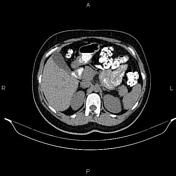

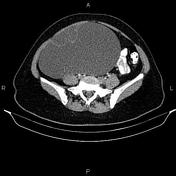

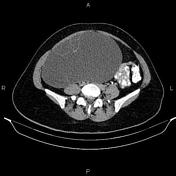

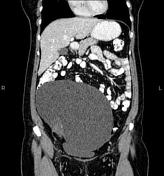

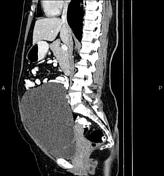

Download
Info
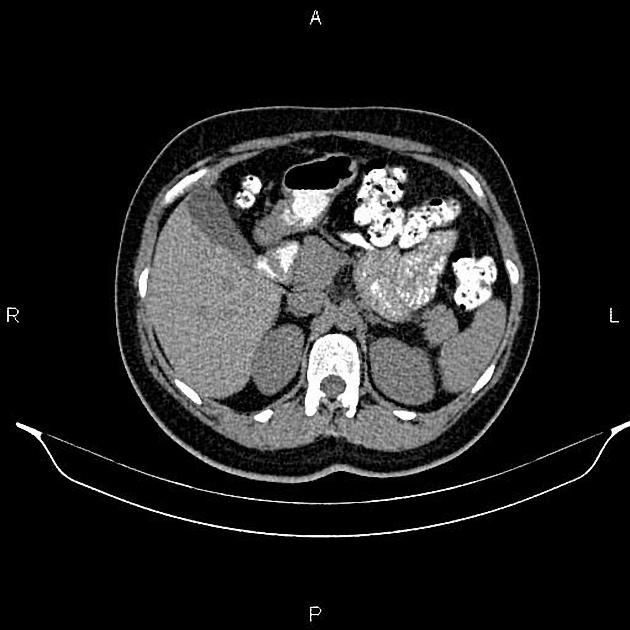
A 235 x 135 x 165 mm multiseptated cystic lesion is present at the right adnexa that extends superiorly until the level of the kidney. No obvious enhancing solid component is present within. The right ovary couldn’t be defined separately from the mentioned lesion.
Case Discussion
Large right ovarian cystic lesion; pathology proven serous cystadenoma, a type of benign ovarian epithelial tumor at the benign end of the spectrum of ovarian serous tumors.




 Unable to process the form. Check for errors and try again.
Unable to process the form. Check for errors and try again.